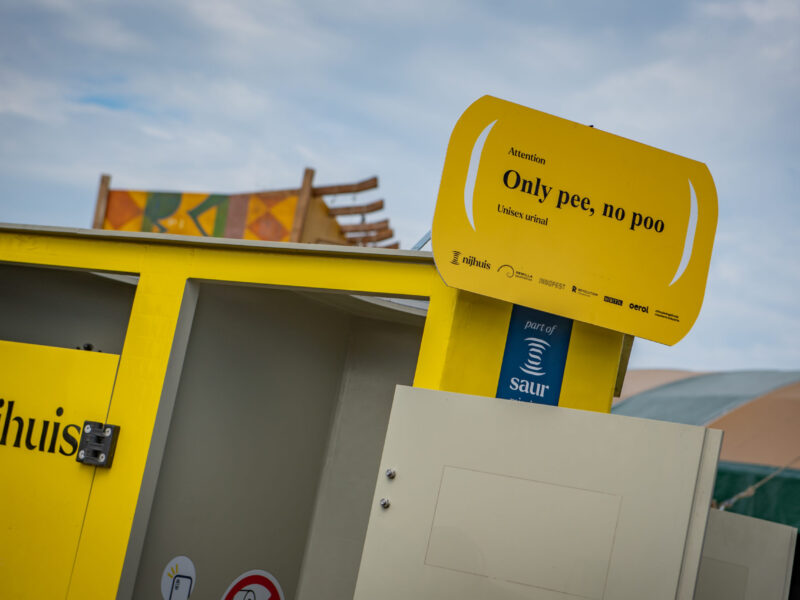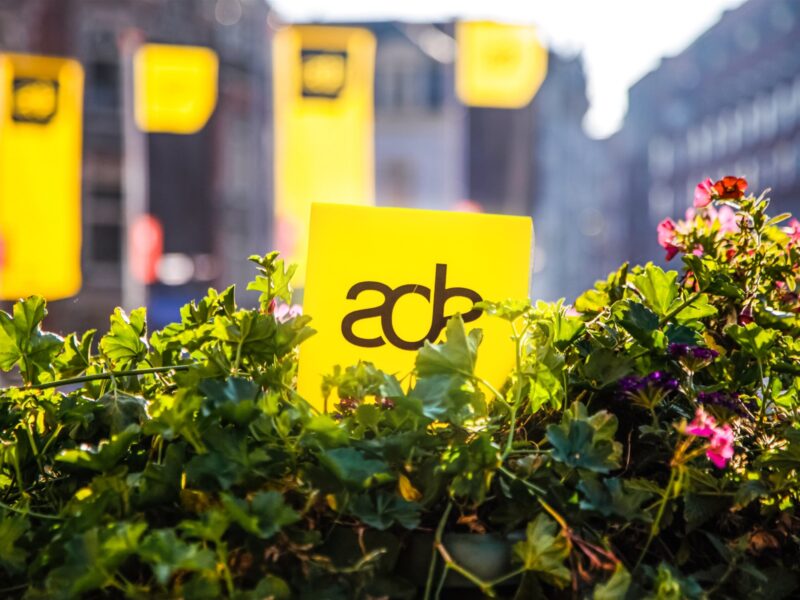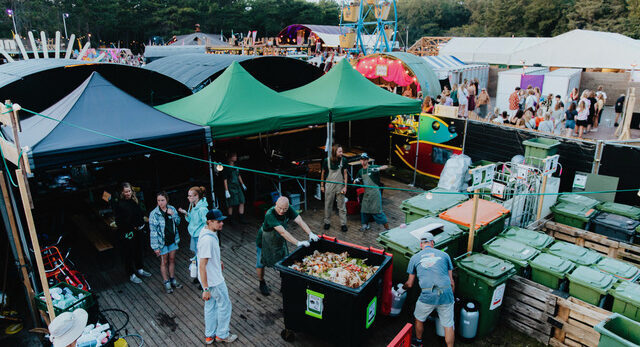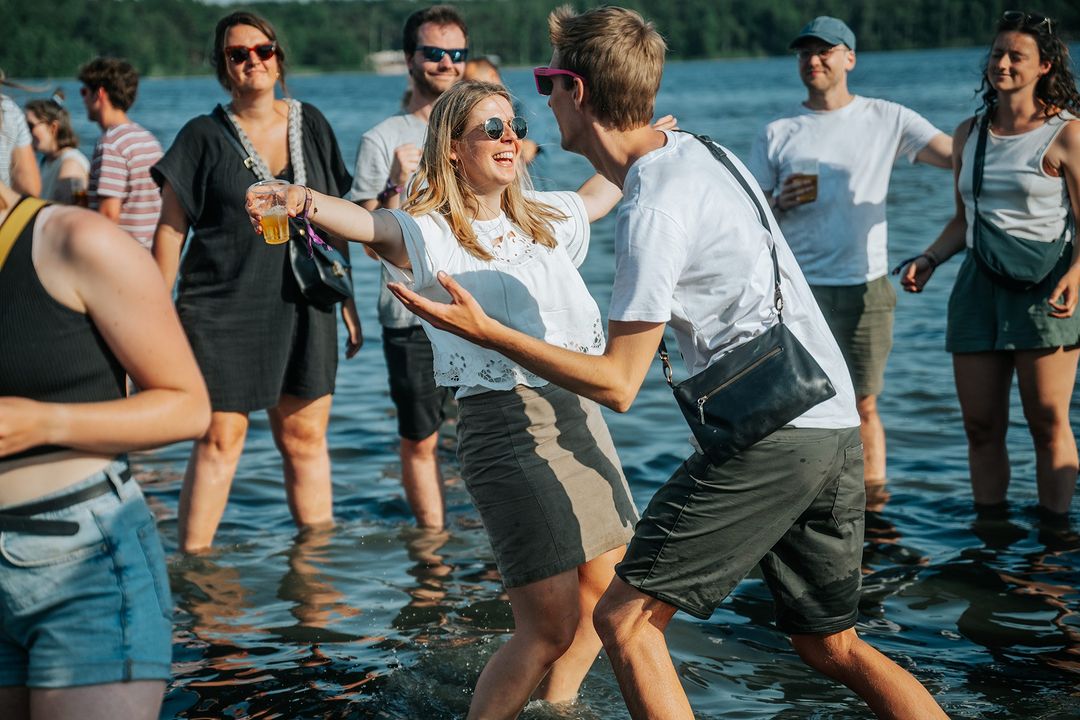
New EU water policy: how will it affect festivals?
Header image by Best Kept Secret. This article was originally written by Christopher Johnson and published here by Circular Festivals.
What will it mean for festivals?
New water quality regulations adopted by the EU are likely to impact festival operations and costs. A circular approach to water management offers solutions to many of the challenges, from environment to compliance and mitigating costs. Innovations such as urine collection for fertilizer and mobile onsite purification technology offer a vision for how events can adapt, and take their place as ‘water protectors’ in the world.
Summary of new directives
The Water Framework Directive (WFD) sets out the rules for all 27 member states to protect and enhance water quality in Europe’s rivers, lakes, and groundwater. Since 2000, the WFD has applied to inland, transitional, and coastal surface waters as well as groundwaters.
In October 2022, the Commission adopted amendments to also include ‘increase the protection of EU citizens and natural ecosystems in line with the Biodiversity Strategy and the Zero Pollution Action Plan, both embedded in the European Green Deal’. The aim is to set new standards for a series of chemical substances of concern, to address chemical pollution in water, to facilitate enforcement based on a simplified and more coherent legal framework.
A key element of the adopted amendments is an update to the lists of pollutants affecting surface and groundwater by adding and removing substances and updating existing quality standards. By avoiding water pollution, the proposal will also benefit the potential for water reuse, in line with the new Regulation on minimum requirements for water reuse Regulation (EU) 2020/74. The proposal is also consistent with the recently revised Drinking Water Directive (DWD), across all EU Member States in January 2023, and targets microplastics (not immediately, but after a methodology for monitoring has been developed).
How does this relate to festivals?
Just like any other sector, festivals need to anticipate the impact of European targets and directives, which are translated by all EU member states into national, and regional and local policies. It may be a matter of being ready to comply with legislation and regulation, depending on whether it is being strictly enforced, which varies across states and areas. Moreover, it may become important to ensure festival organizations’ own future ‘license to operate’ as member states are required to meet the deadlines for fully complying with the EU Directive by 2027 and make controls more strict. As a sector, we are best to consider and understand the likely impacts, ahead of any sudden changes to regulation and enforcement, so there is time for events and supply chains to adapt where necessary.
So, what is the potential impact of all this on festivals and events? It may affect events in several ways, operational and financial:
- Require events to monitor water quality onsite more strictly as standard practice;
- Require events to prove the quality of water they dispose of into local systems, with certain contaminants removed such as drugs;
- Stricter evidencing of preventing pollution of natural bodies of water on events sites;
- New charging models for water disposal at municipalities and by contractors;
- Refusal of event wastewater by local facilities – short term high-volume increases in wastewater may not be accepted at small facilities in the future.
How the new directive affects events will depend on the location of the events, what the local water treatment infrastructure is able to process and the practices already in place, but we can expect at least some changes in expectations.
We are likely to have a greater focus on monitoring and reporting water quality generally. For urban events that connect to existing sewerage or drainage systems to dispose of water, there may be more restrictions and scrutiny on where water is disposed, and conditions attached to ensure and prove that certain contaminants are not present in wastewater, such as drugs.
Dutch festivals near small-scale wastewater infrastructure already see a challenge coming. Whilst the short-term higher volume of the event’s wastewater is accepted, the way the plant works means that the higher the volume of water per hour, the less effective the system to clean the water, leading to poor results. With the new directive, the plant may not accept the wastewater, causing the event to need to find options further from the event site, with associated increased costs for transport.
A new approach to water
Most events rely on connecting to water system and local sewerage facilities, either through direct connection or tankering by road. For wastewater, there is rarely any restriction on the type of wastewater or quality, or volume being disposed. Most events mix all wastewater types (black, grey, yellow, and unused fresh water).
A fundamentally new approach to water may be needed to meet future challenges and regulations. Presently, despite water scarcity, many events do not need to consider how much fresh water they consume, the quality of the water leaving site, and both these services are typically low cost.
A circular approach to water management provides the solutions to many of the challenges in one go: If there is a greater need to conserve water in the future, and the cost of water disposal or purification increases, then using less water, and purifying and recycling water onsite becomes increasingly necessary and beneficial; hence it could provide budget savings in the long run.
A circular approach to water at festivals isn’t currently normal practice, but there are festivals already testing and developing approaches who have been brought together by the international Green Deal Circular Festivals (GDCF). Festivals and experts have together defined what circularity and climate neutrality mean for the sector. The new GDCF Model provides common definitions, ultimate goals and feasible targets which can be achieved already on a shorter term. By doing so, the model provides inspiration to festivals and other event organizers, and to other sectors, cities and regions, to shape their own step-by-step approach to become circular and climate neutral.
Water is one of five themes chosen which account for festivals’ potentially biggest impacts.
Ultimate goal for water in the GDCF Model for circular & climate neutral festivals
The ‘ultimate goals’ in the model are that 100% of water used and disposed during the building, live show and break-down of the festival is:
- Essential potable water sourced from mains supply, sustainable boreholes, or other sources of filtered/purified water onsite, is limited to a minimum (safe) use;
- Water used for non-essential purposes reduced to a minimum;
- All non-drinking water comes from ‘renewable’ sources, such as rainwater harvesting, watercourses, or recycling water onsite;
- All water exiting the festival is treated on site, to ensure it is as clean (or cleaner) than it came in (this requires use of only eco-friendly non-toxic cleaning products, separation of liquid waste from sewage, and wastewater being treated to the highest available standard and reused efficiently);
- Zero pollution to the local environment and surface and groundwater, through strict working practices, testing and monitoring.
- All transport, treatment, heating or cooling of/by water and wastewater (Scope 3) is Net Zero and all unavoidable emissions are compensated.
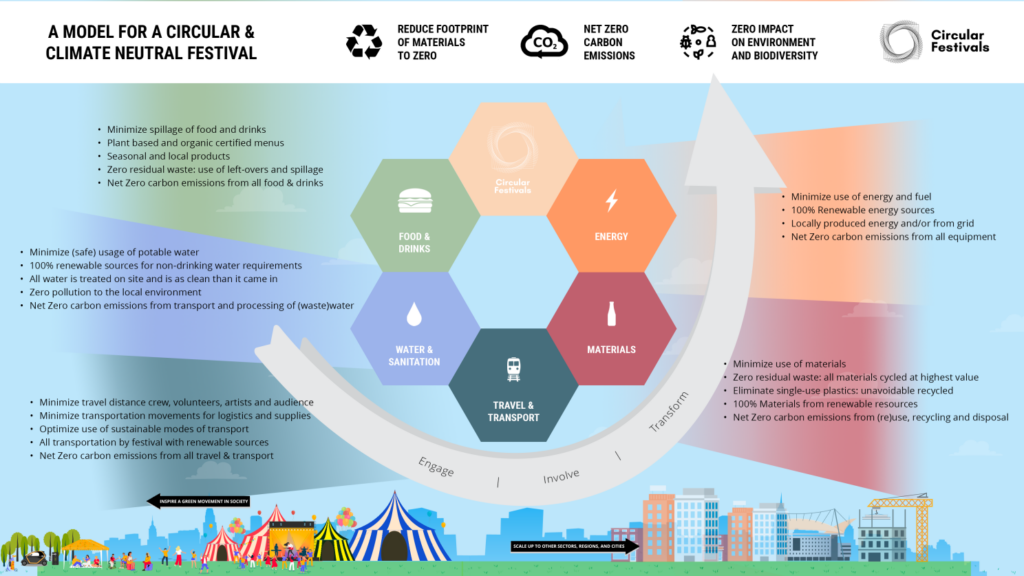
Five Practical steps festivals can take toward circular water management (taken from the GDCF Model)
- Festivals create a Water Management Plan which includes all elements of; avoiding wasting water, reducing non-essential use, avoiding pollution, and associated impacts of supplying water e.g. tankering road transport emissions;
- Prioritise mains supply, refill’s and avoid water in single use packaging, especially plastic (where possible and safe to do so);
- Install water-saving devices such as push button taps, tap and shower flow regulators, dual flush toilets, etc. Prioritise using waterless urinals, water free toilets or low flushing toilets;
- Work to install or connect to permanent water infrastructure on owned sites, or with the site owners; implement long-term measures such as rainwater harvesting, purification systems (urban events will be more able to reach the ultimate goal, due to permanent infrastructure. Greenfield events typically face more challenges but can strive to put in place onsite measures);
- Communicate to everyone onsite the need to conserve and avoid pollution of water – audiences, suppliers and crew and artists.
Circular Innovation is already happening
Some pioneering work has already been done on circularity of wastewater, especially on the topic of pee. At DGTL festival, pee has been tuned into tea, to demonstrate circular principles. To meet the challenge of large amounts of urine created at events Toopi have created a model for separating, collecting, and reusing urine from events to produce organic agricultural fertilizers, avoiding fossil fuel fertilizers. In cooperation with GDCF and Innofest this innovation was successfully tested at ID&T’s Mysteryland. Boom Festival has also demonstrated a successful holistic approach to circular water management at scale.

What steps are needed in the EU festival sector to upscale water purification onsite?
Water purification technology already exists, and is proven, but has not been widely adopted in the events sector as a solution. Some festivals have successfully implemented small-scale and usually isolated (to one part of an event) solutions where wastewater has been reused or purified.
Paradise City, Belgium, is a good example of an event managing and purifying black and grey water onsite to a quality that can be legally released into nature (lake onsite in this case) and reducing costs and emissions by doing so.
However, only some event water companies have the technology, such as MTD who recently launched a substantial mobile water purification unit. However, water purification currently is widely unaffordable or unavailable as part of usual services offered. There are a number of factors that need to be overcome to enable circular water management on event sites to become a reality, such as a better understanding what is required of the technology by festivals and suppliers, and a better understanding of how this technology can be integrated into current delivery models i.e. how units can be offered as standalone, provided directly to organizers with toilets as circular systems, or as part of the entire temporary water services, including wastewater. Ultimately, it needs to be affordable for wide scale adoption.
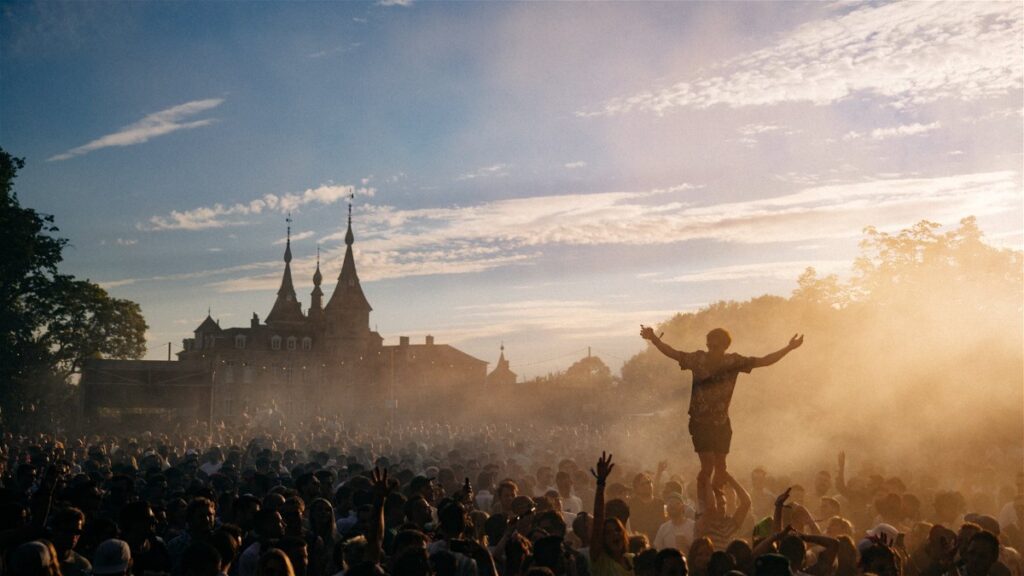
A call to action for water
Water is literally life, the reason many indigenous cultures hold a role of ‘water protector’ as vitally important. What can you do to reduce unnecessary water use, prevent pollution, and play your part in protecting water quality? Can the water we use at events leave our site cleaner than it came to us?
As a first step why not learn more about water management at events with the free Future Festival; Tools eLearning course sustainable water module or get inspired the green festival stories (case studies) about water. Let’s share the journey – whether you’re an event large or small or supplier, let us know what challenges you have experienced, and any successes you have had so we can share them with other festivals.


